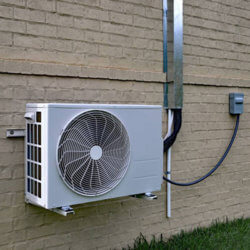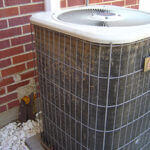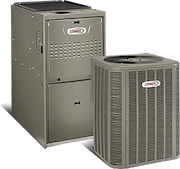You like a comfortable 70 degrees but another family member wants the house to be cooler. Sounds familiar, right? Getting the "right" temperature on the thermostat seems to be a never-ending battle. If you face this daily struggle, then you may want to consider HVAC zone control.
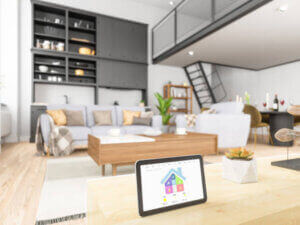
Read on to learn more about HVAC zoning and the benefits it can offer you. If you would like to learn more about installing HVAC zone control in your home, the experts at Galmiche & Sons in St. Louis can help. Contact our heating and air conditioning experts today.
What is HVAC Zone Control?
HVAC zone control allows you to create multiple zones in your home controlled by separate thermostats. Instead of setting a specific temperature for your entire house, you can have different temperatures in different rooms. So if someone likes their room warm, they can turn the thermostat up, and you can turn it down if you like your room a little chilly. Thus the biggest advantage is that it ends your daily arguments over the thermostat’s temperature.
HVAC zone control also gives you greater control over your comfort while saving money. So if you have areas in your home that tend to run a little hotter or colder, HVAC zoning allows you to adjust for this on a zone by zone basis, without needing to change the temperature for the entire house.
How Does HVAC Zone Control Work?
Before you set up an HVAC zoning system, you will need to divide your house into zones. You can create two or more zones, and each of these zones will have its own thermostat. Although a particular thermostat controls a particular zone, all the thermostats are connected to a central control panel in the house.
You will next need to add dampers to your ductwork to change the airflow through your HVAC system. Dampers are plates or valves, which help to regulate the airflow inside a duct. For ductless cooling systems, dampers are installed directly on the air outlet of each system. If you need to cool a particular zone, the dampers open up to let hot or cool air pass. When that zone has reached the desired temperature, the dampers close, and the airflow is stopped.
When you change the temperature on a thermostat, a signal is sent to the control panel. If you turn the temperature down, it will signal the AC to turn on. The heating system turns on if you increase the temperature on the thermostat. The control panel will then open the ducts associated with that particular zone while keeping other ducts closed. This is how each zone in the house has its own temperature.
What Are the Benefits of HVAC Zone Control?
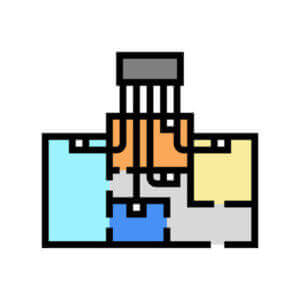
Here are the benefits of HVAC Zone Control:
- Greater comfort: With an HVAC zoning system, you decide the temperature of your room. There are multiple thermostats that let you control the temperature of different rooms, giving your greater comfort in your house.
- More energy savings: Without HVAC zone control, if you are feeling hot or cold, you need to change the entire temperature of your house. Imagine you are alone in your house, but you are cooling three other unoccupied rooms. With HVAC zone control, you can lower or increase the temperature of one room, without changing the temperature of the entire house. The system will release hot or cold air in only one zone. It uses less energy doing so, and you spend less on electricity bills.
- Better air quality: HVAC zone control uses dampers that ensure that airflow is only directed to the zone it is intended for. So if there is unwanted dust or debris in the filtration system, it is not circulated throughout the house, as a result, the indoor air is of better quality.
Set up HVAC Zoning with Galmiche & Sons
Worried about your energy bills? Want to set up HVAC zone control in your home? Galmiche & Sons are experts in the field of HVAC serving the greater St. Louis area since 1950. For more information on heating or cooling your house with an HVAC zoning system, call us at 314-993-1110 today.





